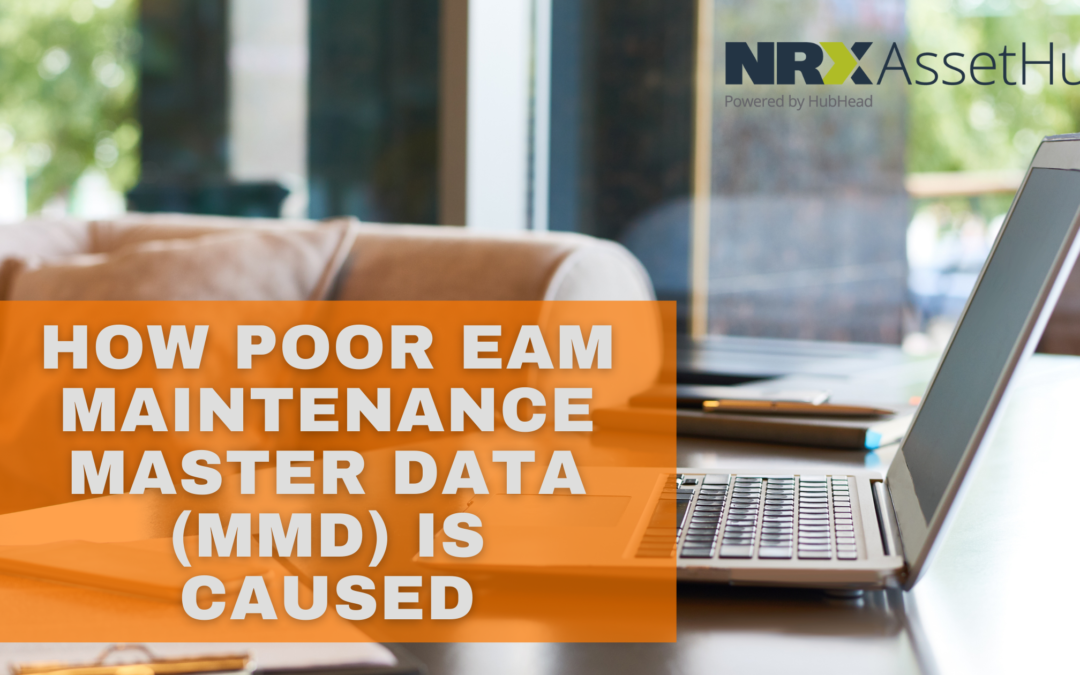A couple of weeks ago, we discussed the benefits that come with transferring good quality master data into your new EAM system during a migration. In order to reap the benefits and succeed in transferring over good quality master data, it’s important to understand the root causes of poor master data. In doing so, you can ultimately understand how to either fix master data problems, or prevent them from occurring in the first place. Here are several ways as to how poor EAM master data occurs.
Starting Too Late
As a result of poor planning and delays, companies can sometimes wait far too long to start building their maintenance master data. It’s important to leave enough time for data building and cleansing phases of any project.
Using The Wrong Tools
Master data itself is complex and using spreadsheets to build and manage it can make it even more complicated. Traditional methods such as spreadsheets and homegrown software won’t work in this day and age.

Working In Silos
Building maintenance master data requires thoughtful collaboration. Due to the complex nature of these projects, the hesitancy to work with other departments and people from different geographic locations can inhibit your company.
Inability to Manage Change
Aligning your asset hierarchy with industry standards such as ISO 14224, RDS-PP or KKS is necessary to have good quality master data and prevent delays in the data building process. Some companies however lack the technology to be able to communicate standards to workers and enforce them within their systems. Migrating to a newer system can help fix this to some degree.
No Checks and Balances
Maintenance master data requires validation to ensure data integrity, especially when building large amounts of data. Companies need to employ governance processes, or in other words, established procedures for data quality control. Failure to do so can result in risks. Some companies may have governance processes but they maintain them manually through the use of spreadsheets. Using spreadsheets to maintain governance processes for large amounts of data is extremely difficult as spreadsheets have scalability issues.
Building on an Unstable Foundation
To build maintenance master data you need reference data such as your BOMs, spare parts data, asset hierarchies (etc). If all of this information is dispersed and difficult to find and interpret, it can make it difficult to efficiently build your maintenance master. Extra time will have to be spent locating reference data which causes huge delays in the process.
How HubHead Can Help
If you want to build and/or maintain high quality data to make the EAM migration process efficient or simply to improve your operations, our solutions can help you do so. We can help with planning, ensure you are using the right tools, help enforce industry standards and governance processes, and make it easy for you to find reference data through our solutions. Contact us to book a demo or download our brochure to learn more.
Spring Cleaning with Your EAM Migration
Enhancing User Experience With an EAM Migration
Planning an EAM Migration: Asking the Right Questions
Share this article




